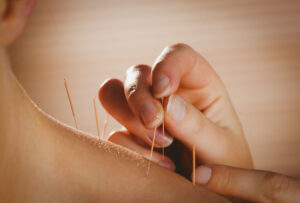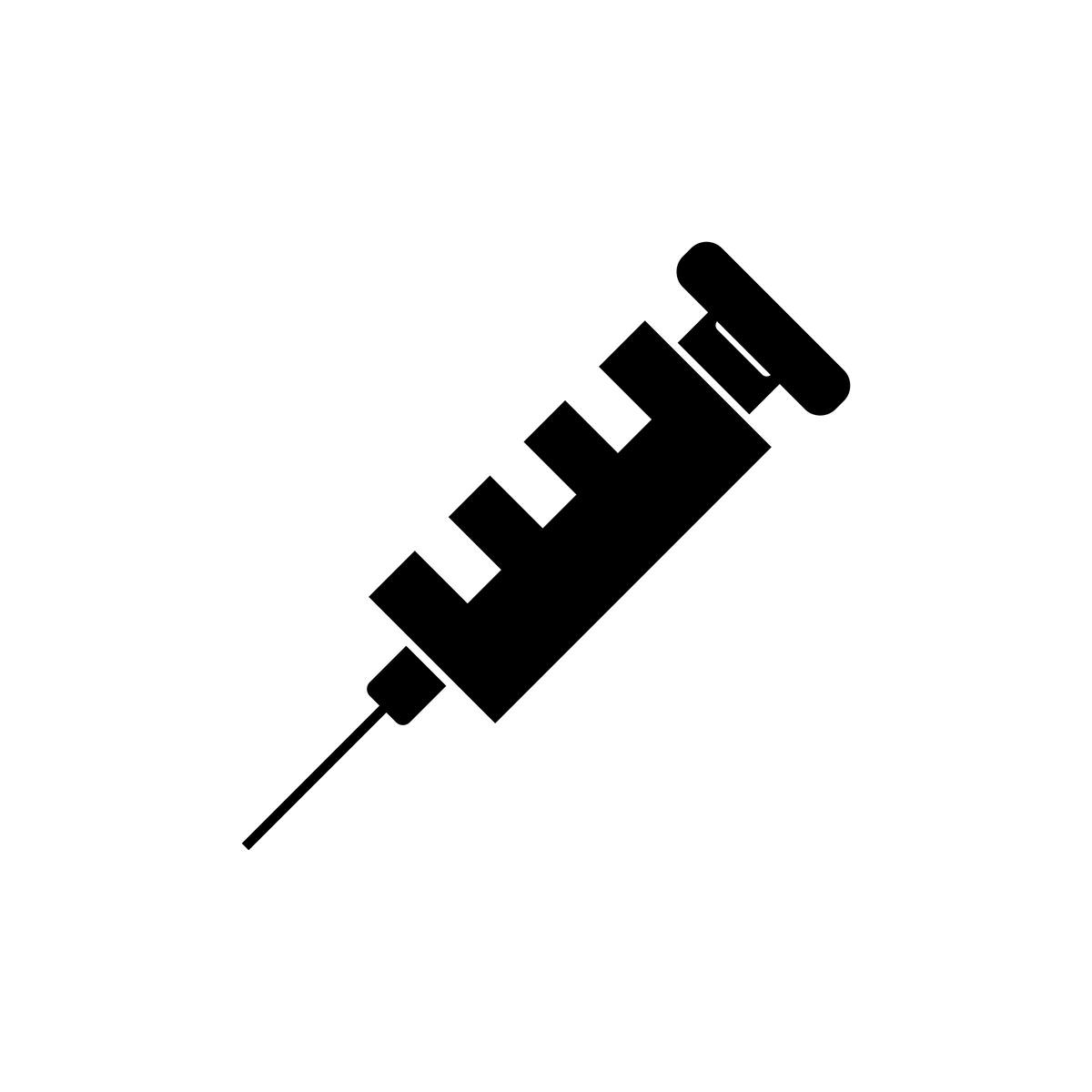Dry needling is used as a part of an overall plan as it restores muscle function and enhances your tissue healing ability.
Do you suffer from chronic pain or muscle stiffness? Are you tired of relying on medication for relief?
If your answer’s yes, it’s time you consider dry needling therapy.
Dry needling therapy is a safe and effective form of alternative medicine that has been used for decades to treat a wide range of conditions. As the name suggests, dry needling therapy involves the use of thin, filament needles to stimulate trigger points in the muscles. These trigger points are areas of tight muscle fibers that can cause pain, weakness, and discomfort.
By inserting the needle into these trigger points, the therapist can release the tension and promote healing. The goal is to reduce pain and improve mobility by targeting the underlying cause of the problem.
At Pain Free India Physiotherapy At Home, our experts are professionally trained in dry needling therapy with all the latest techniques, and have an in-depth understanding of the benefits and risks associated with this form of therapy.
Our experienced therapists will first assess your vitals, such as your blood pressure, pulse rate, and oxygen saturation level, to ensure that dry needling therapy is safe for you.

Why Dry Needling?
Dry needling therapy is an alternative form of physical therapy treatment that is quickly gaining popularity. It is based on the principles of acupuncture and involves inserting a thin, solid filament needle into the skin and muscles to reduce pain and improve mobility. The process works by targeting the underlying cause of the condition, rather than simply masking the symptoms.
However, unlike acupuncture, which uses thin needles and Chinese medical philosophy to stimulate specific points in the body, dry needling uses a Western-style approach to target the trigger points of muscle pain and spasms. The goal is to reduce pain and restore function without the use of drugs or surgery.
Benefits Of Dry Needling
Dry needling therapy is effective for treating muscle spasms, pain, and muscle tension. It has been used to treat a wide range of conditions, including:
- Back, Neck & Shoulder pain
- Carpal Tunnel Syndrome
- Muscle stiffness
- Plantar fasciitis
- Sciatica
- Headaches and Migraines
- Fibromyalgia
- Tennis elbow
- Knee Pain
- Sports injuries
- Rheumatoid Arthritis
- Breathing disorders
Dry needling can also be used to reduce inflammation, provide relief from muscle spasms and improve mobility by increasing blood flow to the affected area.
Dry Needling Therapy in Delhi/Gurgaon at Your Convenience
At Pain Free India Physiotherapy At Home, we offer dry needling therapy in the comfort of your own home. Simply call us, share the relevant details, and book an appointment at a time that suits you. Our therapists are professionally trained in the latest dry-needling techniques and have a deep understanding of the benefits and risks of this therapy.
They will create a personalized treatment plan based on your individual needs and goals, ensuring that you receive the best possible outcome. Whether you’re in Gurgaon or Delhi, we are here to help you manage your pain and improve your quality of life.
Boost Your Health and Well-being with Dry Needling Therapy
If you’re looking for an effective, natural, and scientifically backed alternative to manage your pain, look no further than dry needling therapy. This therapy has been proven to relieve pain, reduce muscle stiffness, and improve mobility.
At Pain Free India Physiotherapy At Home, we are dedicated to helping our patients make the most of their lives and promoting natural treatment options that are backed by scientific research.
Book an appointment today and experience the wonders of dry needling therapy for yourself.
FAQs-
1. What is dry needling?
Dry needling is a therapeutic technique that involves inserting thin needles into specific trigger points or knots in muscles. Unlike acupuncture, dry needling focuses on releasing tension and improving muscle function.
2. How does dry needling differ from acupuncture?
While both dry needling and acupuncture involve the use of needles, they differ in their underlying principles. Dry needling targets muscular trigger points to alleviate pain and improve function, whereas acupuncture is rooted in traditional Chinese medicine and aims to balance the flow of energy or “qi” in the body.
3. What conditions can be treated with dry needling?
Dry needling is commonly used to treat conditions such as muscle tightness, chronic pain, sports injuries, headaches, and myofascial pain syndrome. It is often integrated into physiotherapy and rehabilitation programs.
4. How does dry needling work to relieve pain?
Dry needling works by stimulating trigger points in muscles, promoting increased blood flow, and releasing tension. This can result in pain relief, improved muscle flexibility, and enhanced overall function.
5. Is dry needling a painful procedure?
While you may feel a slight prick or discomfort when the needle is inserted, the overall procedure is generally well-tolerated. The sensation is often brief, and many individuals experience relief and improved mobility following the treatment.
6. How long does a typical dry needling session last?
The duration of a dry needling session can vary but typically ranges from 15 to 30 minutes. The length may depend on the number of areas being treated and the individual’s specific needs.
7. Are there any side effects or risks associated with dry needling?
Side effects are usually minimal and may include temporary soreness, bruising, or slight bleeding at the needle insertion site. Serious complications are rare when performed by a trained and qualified practitioner.
8. How many sessions of dry needling are typically recommended?
The number of sessions needed depends on the individual’s condition and response to treatment. Some people experience relief after just one session, while others may benefit from a series of treatments. Your therapist will discuss a personalised plan with you.
9. Can dry needling be combined with other physiotherapy treatments?
Yes, dry needling is often integrated into a comprehensive physiotherapy treatment plan. It may be combined with exercises, manual therapy, and other modalities to address a variety of musculoskeletal issues.
10. Is a doctor’s referral necessary for dry needling treatment?
In many cases, a doctor’s referral is not required for dry needling treatment. However, it’s advisable to check with your healthcare provider or insurance company to understand any specific requirements or coverage related to this treatment.

